Apple Patent Application Detects Cracked Windshields

If you’re doing any kind of regular driving, it’s likely a matter of time before you’ll find yourself confronting a cracked windshield. Maybe a stray rock chips the glass and it spiders out as the car is heat cycled through the winter or perhaps an errant baseball does some real damage during a summer afternoon catch with the family. There is a multitude of reasons but only one outcome — pure, unadulterated rage leading into some mental math as you ask yourself how long you might be able to get away with it going unfixed.
Well, those days may soon be over (minus the rage) because Apple filed a patent application earlier this month that describes a system that would monitor the resistance of a conductive film placed inside/against a sheet of laminated glass.
A system such as a vehicle may have windows with one or more conductive layers. The conductive layers may form part of an infrared-light-blocking layer or other layer. The infrared-light-block layer or other layer may be formed as a coating on a transparent structural window layer such as an outer or inner glass layer in a laminated window or may be embedded in a polymer layer between the outer and inner layers. Segmented terminals and elongated terminals that may extend past two or more segmented terminals may be coupled to the edges of the conductive layer. Using these terminals, control circuitry can apply localized ohmic heating currents and make resistance measurements on the conductive layers to detect cracks.
Based on the general trend connected vehicles are pursuing, the obvious application would be a system that allows the vehicle to tattle on you to the manufacturer or insurer. Alternatively, the system could also pick up on cracks before they become visible — allowing customers to fix them long before they get begin impacting visibility. Unfortunately, it also seems like the sort of thing that would make replacement windshields cost a fortune.
[Image: What Photo/Shutterstock]

A staunch consumer advocate tracking industry trends and regulation. Before joining TTAC, Matt spent a decade working for marketing and research firms based in NYC. Clients included several of the world’s largest automakers, global tire brands, and aftermarket part suppliers. Dissatisfied with the corporate world and resentful of having to wear suits everyday, he pivoted to writing about cars. Since then, that man has become an ardent supporter of the right-to-repair movement, been interviewed on the auto industry by national radio broadcasts, driven more rental cars than anyone ever should, participated in amateur rallying events, and received the requisite minimum training as sanctioned by the SCCA. Handy with a wrench, Matt grew up surrounded by Detroit auto workers and managed to get a pizza delivery job before he was legally eligible. He later found himself driving box trucks through Manhattan, guaranteeing future sympathy for actual truckers. He continues to conduct research pertaining to the automotive sector as an independent contractor and has since moved back to his native Michigan, closer to where the cars are born. A contrarian, Matt claims to prefer understeer — stating that front and all-wheel drive vehicles cater best to his driving style.
More by Matt Posky
Latest Car Reviews
Read moreLatest Product Reviews
Read moreRecent Comments
- Buickman if they name it "Recall" there will already be Brand Awareness!
- 1995 SC I wish they'd give us a non turbo version of this motor in a more basic package. Inline Sixes in trucks = Good. Turbos that give me gobs of power that I don't need, extra complexity and swill fuel = Bad.What I need is an LV1 (4.3 LT based V6) in a Colorado.
- 1995 SC I wish them the best. Based on the cluster that is Ford Motor Company at the moment and past efforts by others at this I am not optimistic. I wish they would focus on straigtening out the Myriad of issues with their core products first.
- El Kevarino There are already cheap EV's available. They're called "used cars". You can get a lightly used Kia Niro EV, which is a perfectly functional hatchback with lots of features, 230mi of range, and real buttons for around $20k. It won't solve the charging infrastructure problem, but if you can charge at home or work it can get you from A to B with a very low cost per mile.
- Kjhkjlhkjhkljh kljhjkhjklhkjh haaaaaaaaaaahahahahahahahaha


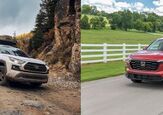














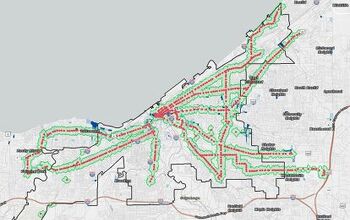
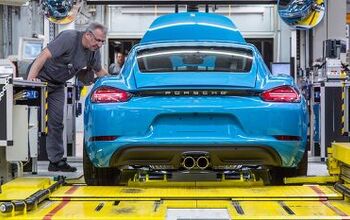


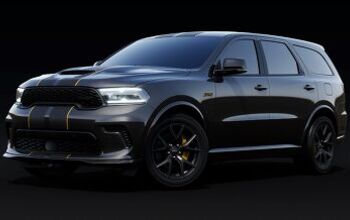
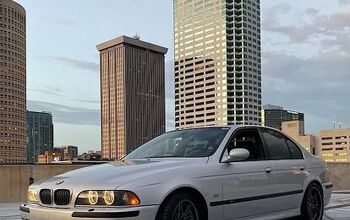

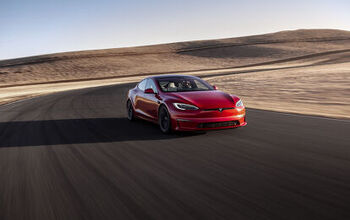
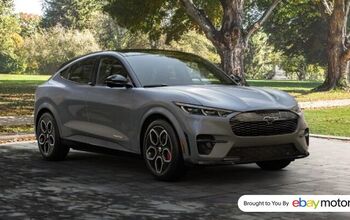
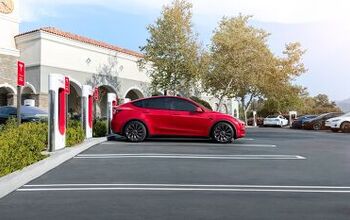

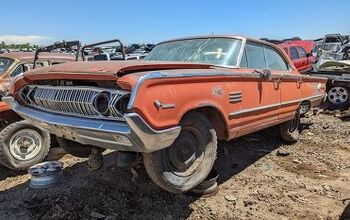

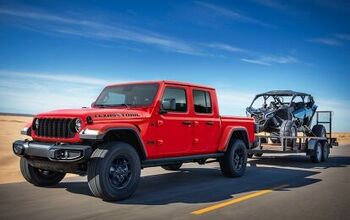
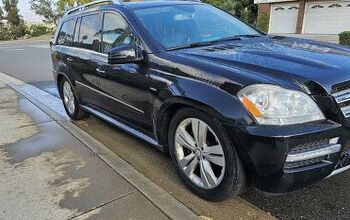


Comments
Join the conversation
My windshield developed a crack when I drove it home from the dealer in 2010. I got the crack sealed within a day. It's been there for the last 10 years and hasn't expanded or bothered me. It's just below my line of sight. Dang, I've had that car since before Obamacare. I got that car when the iphone 4 was hot and the only pandemic we'd heard about was the swine flu.
Just wait until this technology also won't allow your car to start until the windshield is replaced. It's for your safety, Citizen!